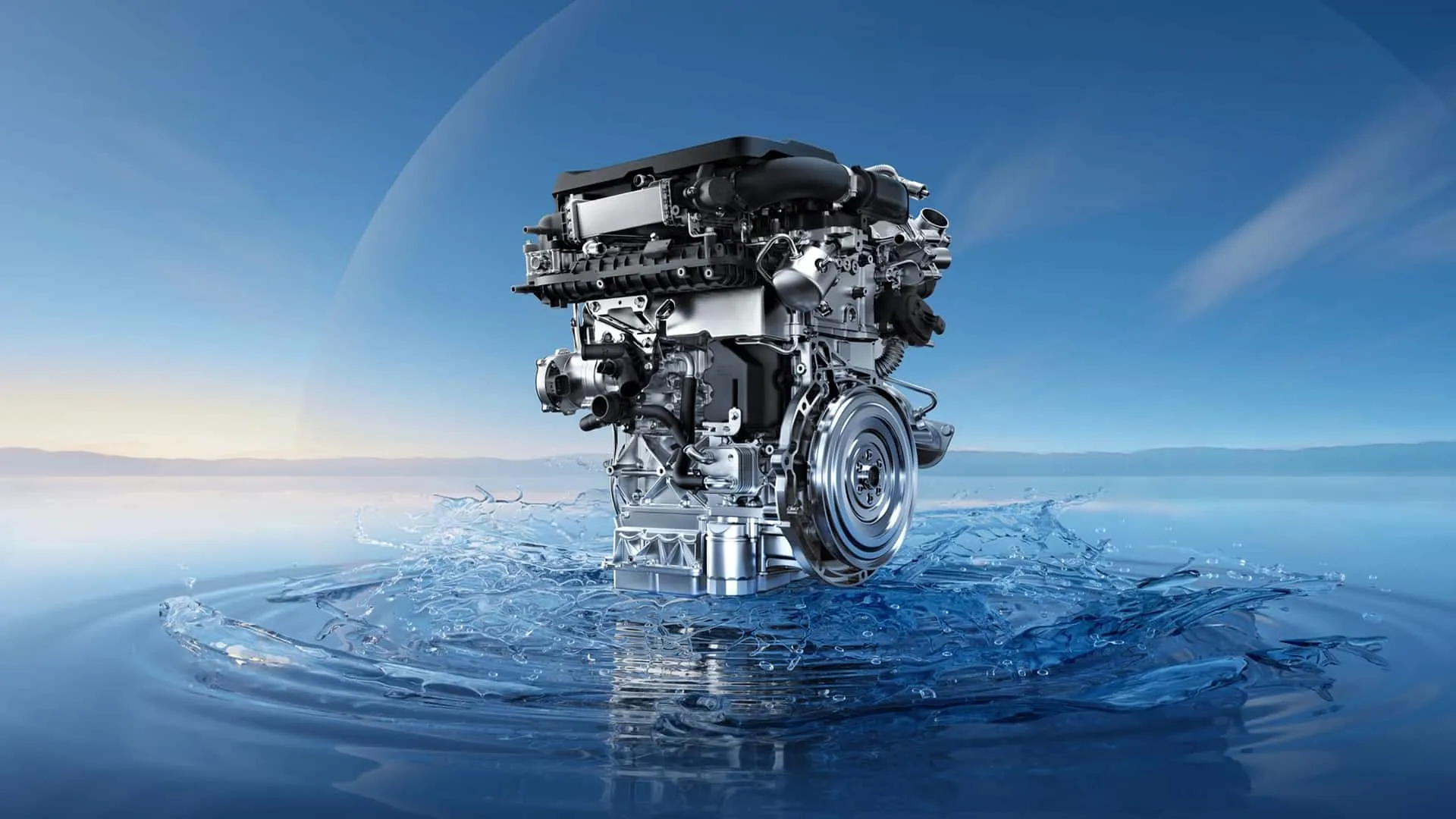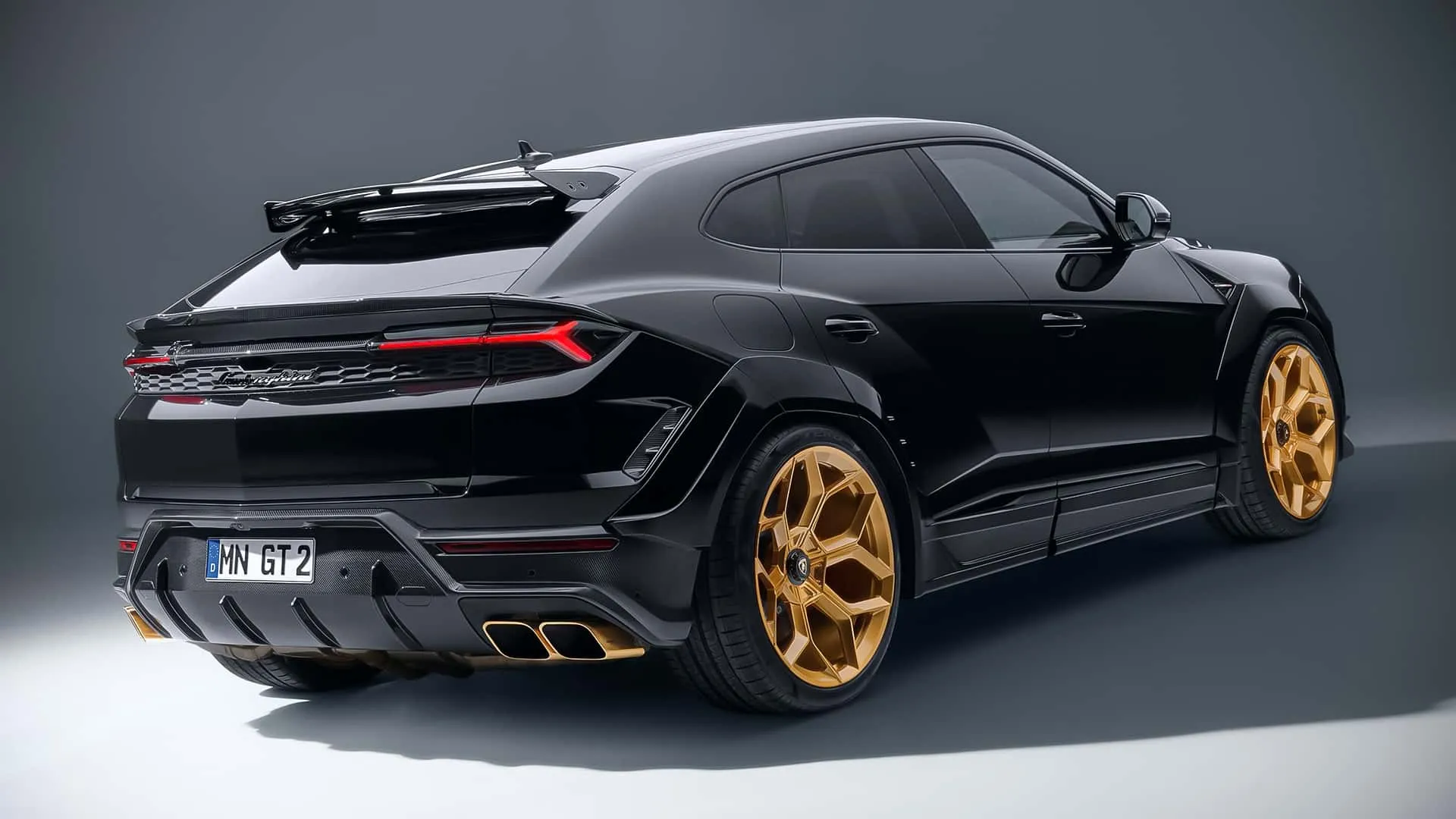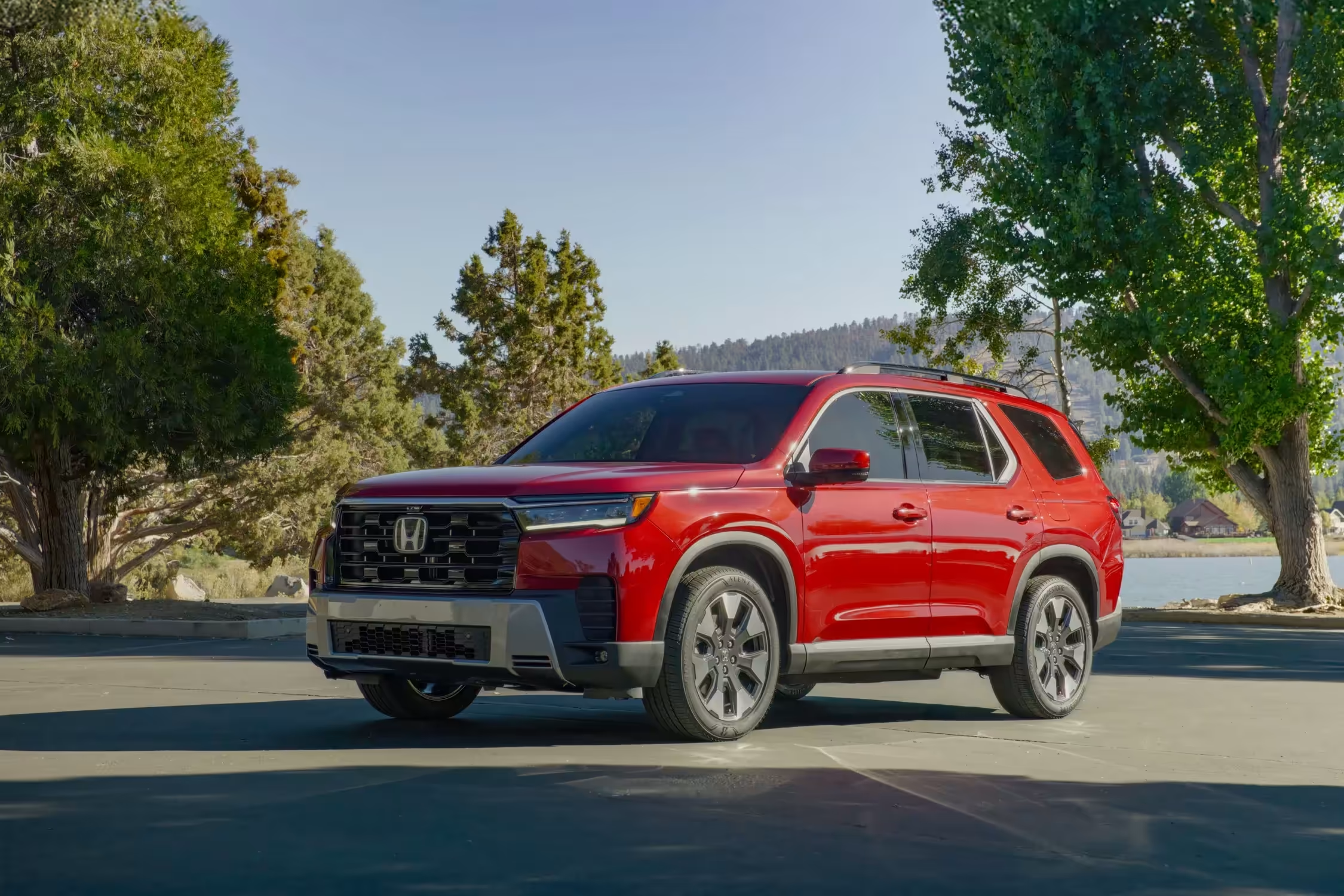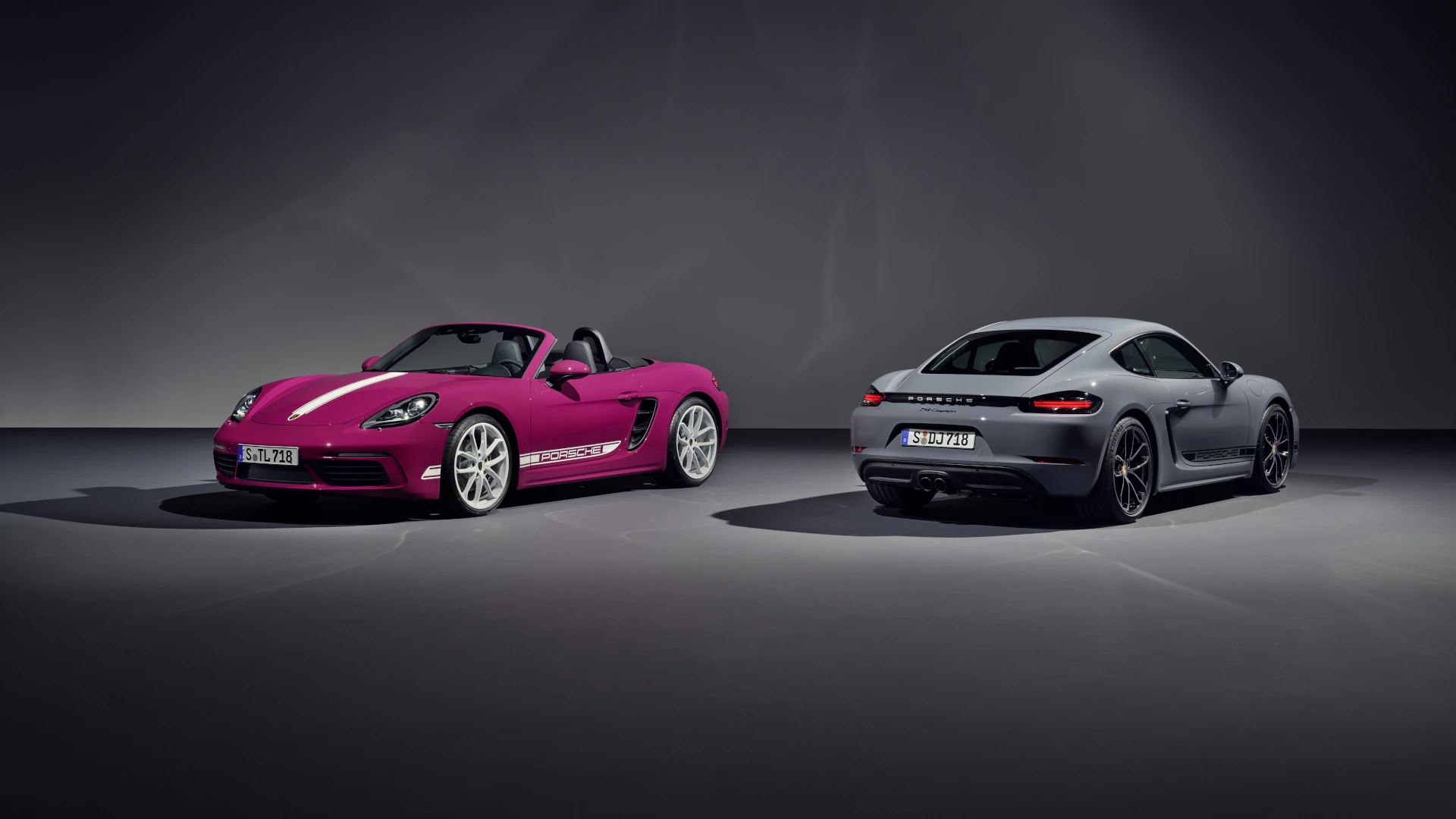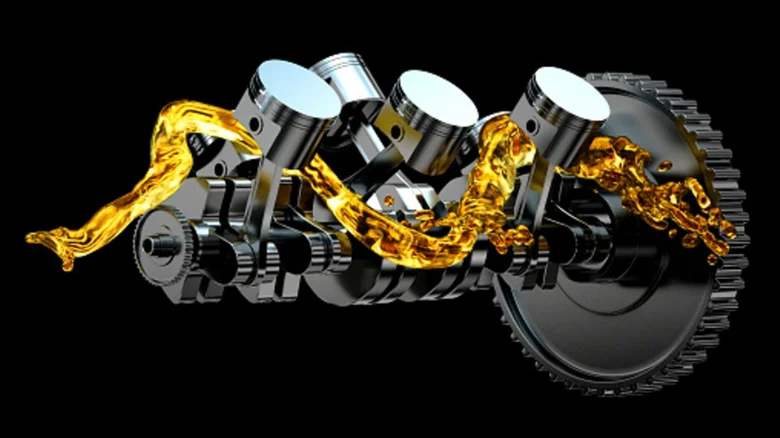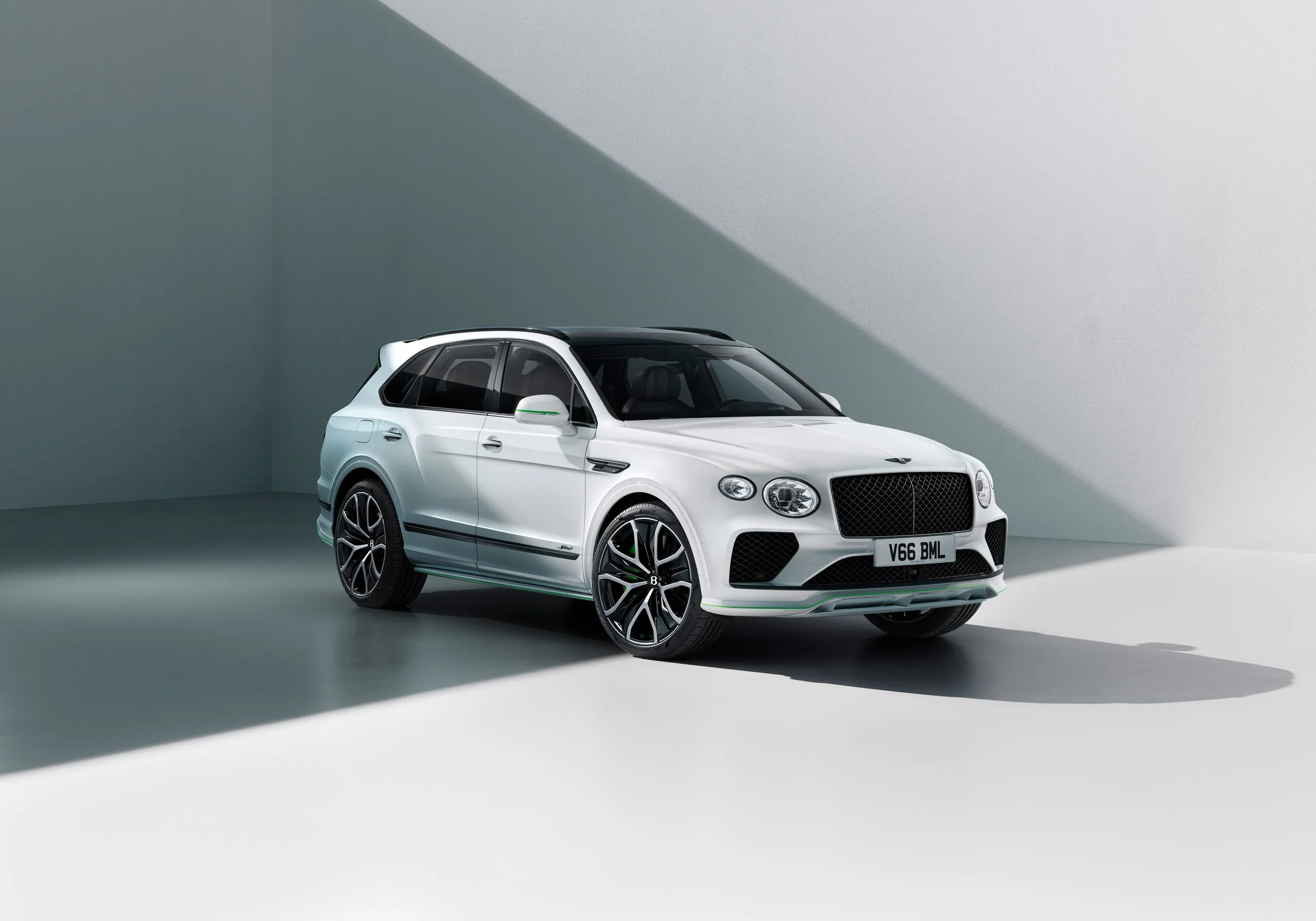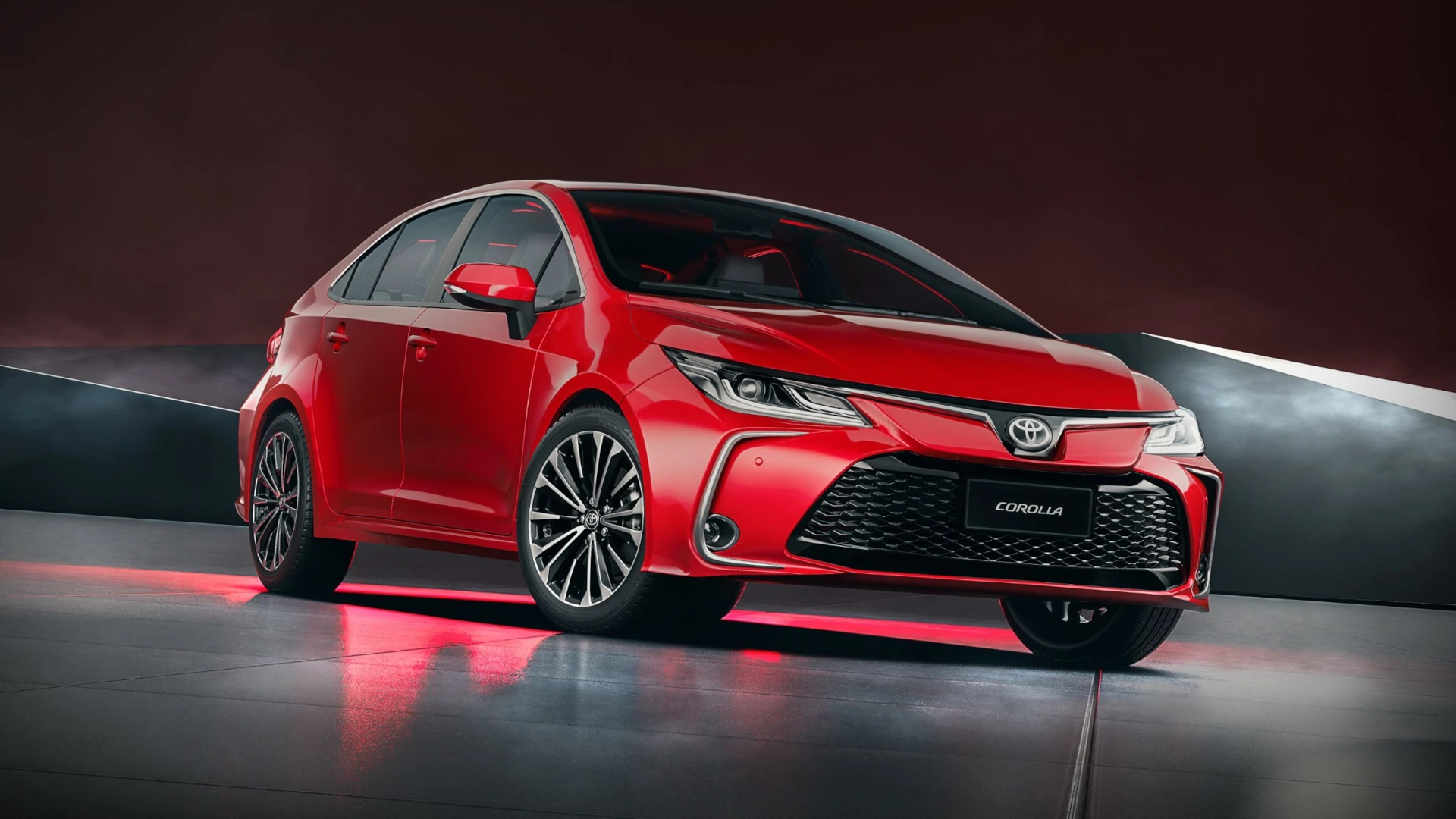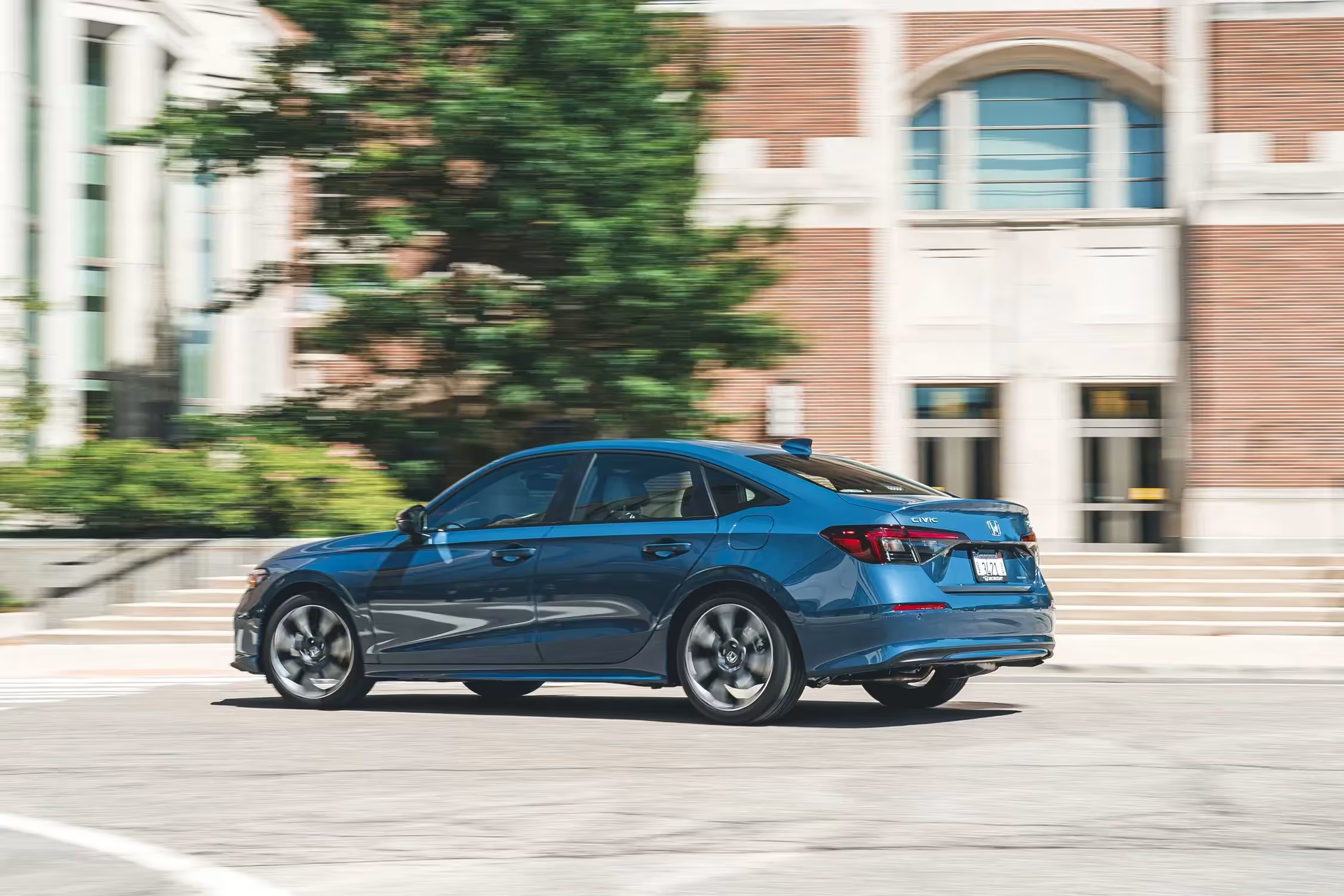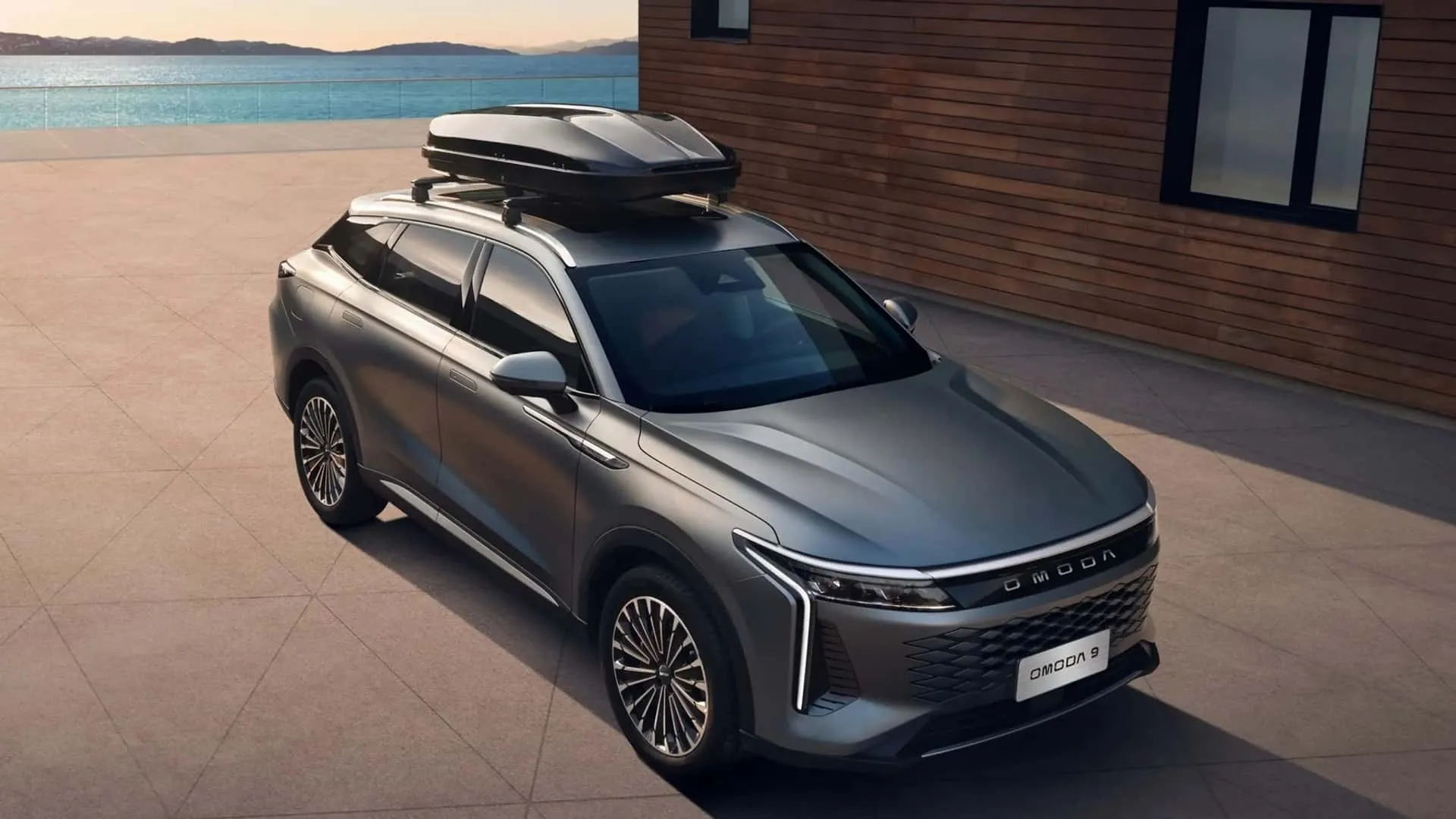Chery, through Omoda & Jaecoo, launches an internal combustion engine with 48% thermal efficiency, a milestone that promises to revolutionize hybrids.
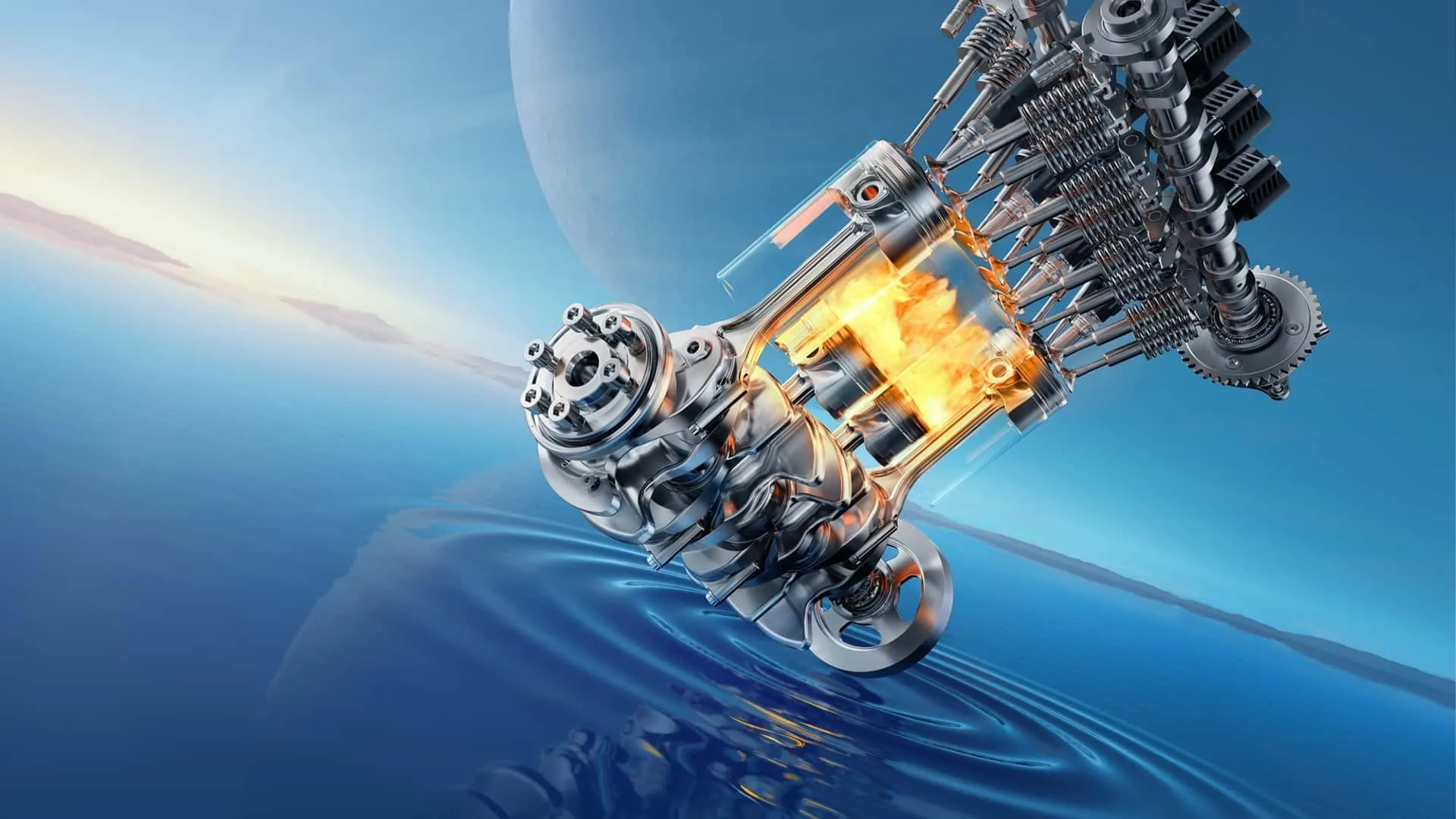
Just when everyone was betting on the end of internal combustion engines, a masterstroke from China puts a giant question mark over the future of the automotive industry. Omoda & Jaecoo, a brand under the Chery Group, has just unveiled a project that seemed impossible: a gasoline engine with a thermal efficiency of 48%. A number that not only breaks records but redefines what we thought was the limit of combustion technology.
What Does a 48% Thermal Efficiency Engine Mean for US Drivers and the Auto Industry?
In the world of engines, thermal efficiency is the gold standard. It measures how much of the energy generated by burning fuel is actually converted into motion, instead of being lost as heat. To put this in context, most modern gasoline engines operate with an efficiency between 38% and 45%. Chery’s new engine represents a brutal technological leap. In practice, every percentage point of efficiency translates to an approximate 2.5% reduction in fuel consumption. This means fewer trips to the gas station and a direct reduction in CO2 emissions, directly tackling the two biggest problems with combustion cars: running costs and environmental impact. This isn’t the first time we’ve seen a combustion engine put on an efficiency show; just remember how Toyota managed to extract 600 HP from a 2.0L engine without sacrificing fuel economy.
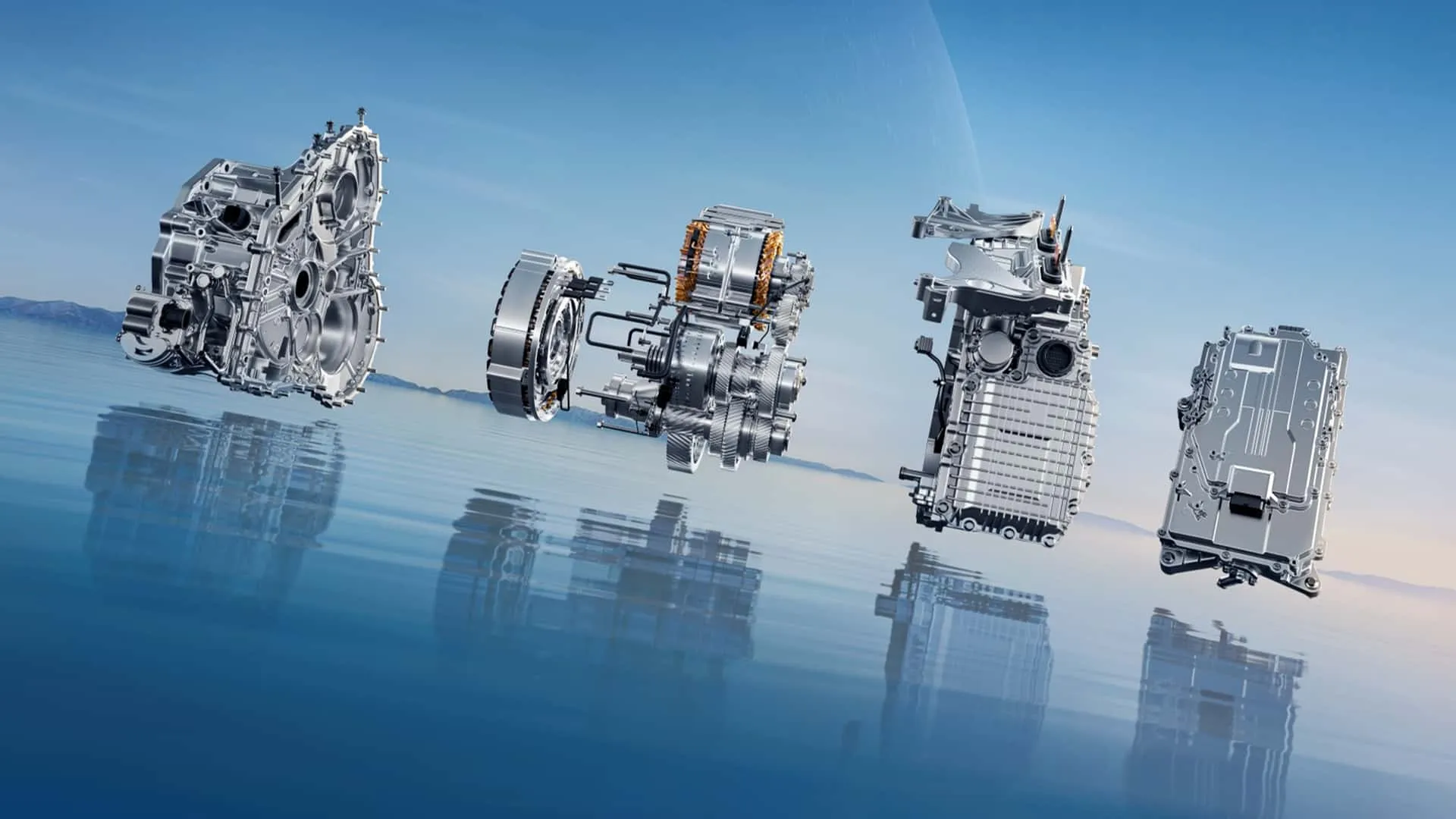
The Technology Behind the Chinese Automotive Miracle
To achieve this milestone, Chery’s R&D team spared no radical innovations. We are talking about technologies that seem straight out of a science fiction lab:
- 26:1 Compression Ratio: An absurdly high number that squeezes the air-fuel mixture to the maximum to extract every drop of energy.
- Hyperbolic Three-Link Mechanism: Complex engineering that optimizes piston movement for a more efficient combustion cycle.
- 35% Exhaust Gas Recirculation (EGR): Reuses part of the exhaust gases to control combustion chamber temperature and reduce emissions.
- Advanced Thermal Insulation Coatings: Special materials that keep heat where it should be—generating force—instead of letting it escape through the engine.
This combination of factors paves the way for a new generation of hybrid engines that promise to be the most practical and sustainable solution for the coming years, proving that the internal combustion engine is far from dead—a trend that other giants are also exploring, such as Porsche with its surprising W-18 engine.
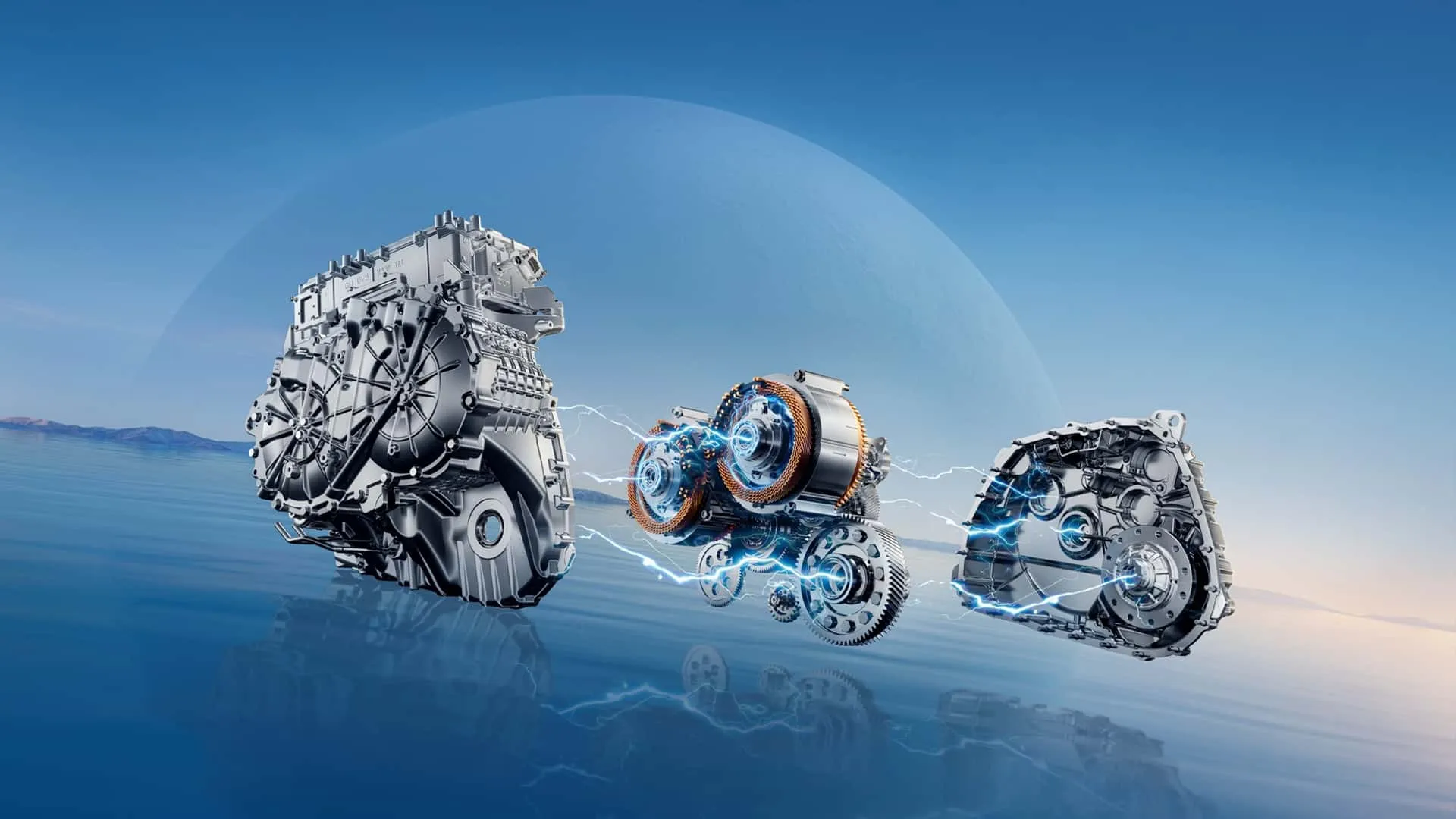
Real-World Results: The SHS Hybrid System Already in Action
To prove this is not just theory, Omoda & Jaecoo is already reaping rewards with its current system, the SHS (Super Hybrid System). By combining a Miller-cycle 1.5 TDGI engine with two electric motors and an intelligent DHT transmission, the system already achieves 44.5% thermal efficiency. The result is an impressive consumption of just 6 liters per 100 kilometers, which translates to exceptional fuel economy for US drivers. Furthermore, the system offers 90 km of purely electric range and the V2L (Vehicle-to-Load) function, which allows external devices to be powered with up to 3.3 kW, turning the car into a mobile power generator. This is the Chinese answer to the range anxiety that Xpeng also fought with its 1,600 km hybrid. Safety is also a priority: the hybrid battery is resistant to heat, shock, and water immersion, and features a system that cuts power in 2 milliseconds in case of a collision.
While full electrification moves forward with technologies like Toyota’s solid-state batteries, Chery shows that optimizing internal combustion engines is an equally important and promising battlefront. The bet on super-efficient hybrids may not just be a transition, but a lasting and intelligent solution for global mobility, challenging the narrative that only one technology will reign in the future.
